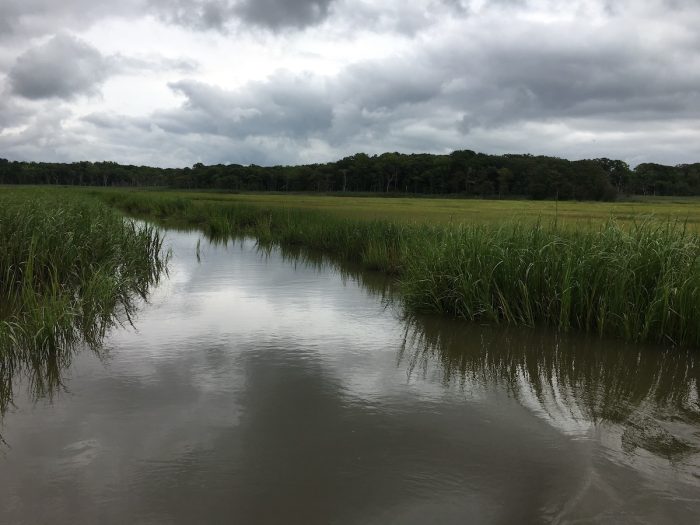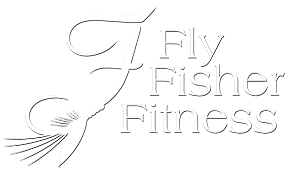Prevention is the Best Medicine

Prevention is the best medicine and exercise is the best option for preventing decline. This is how we override the gravitational pull of aging and reduce the progression and severity of chronic disease. The mainstream approach, doctor visits and medicine can’t compare.
Leave the Herd–Prevention is the Best Medicine
Synthetic medicines and surgery will treat conditions that have become embedded. But there are side effects, sometimes to great lengths. Medicine is a good effort for sure. But treatment is the priority.
I discovered this hidden reality when I had my first treadmill stress test in my 40s. The doctors said, you’re in great shape. But I had an inkling of what getting older might look like since my father died of a heart attack at 53 and my older brother followed at 56. I asked at least four doctors—who signed off on my arduous duty requirement for the U.S. Fish and Wildlife Service, “what can I do to ensure I stay in great shape?” They all gave the same vague reply: “move more and sit less.”
That was a revelation. Our medical industry is not interested in prevention. Or it’s not what insurance will pay for. There are two medical codes that insurance companies recognize and reimburse for: diagnosis and procedure. Insurance companies do not recognize (or pay for) prevention. Thus, training for medical professionals focuses on medical coding, reacting and treating.
That’s our medical system. If you want anything more, you’ll have to create it yourself. That’s what I did because I knew the best option for a long vigorous flyfishing life depended on me intervening and preventing decline.
Stressed and Weakened Systems Create an Opening for Disease
My work as a wildlife biologist centered on habitat; evaluating and restoring wetlands, salt marshes, prairie and forests for health and integrity to optimize wildlife populations. A tenet of Nature is any debilitated habitat invites disease and further decline. Trees struck by lightning or stressed by drought are more vulnerable to beetle infestation. Polluted, dredged wetlands become weakened and more susceptible to plant die off and invader (non-native) species, which degrade the system even more. That’s how Nature works.
Humans are no different. An aging, unconditioned, out-of-shape body is an open door to disease. Out of shape, unconditioned, out of tune, all mean the same thing—a challenged or weakened immune system.
That’s why I am so intensely focused on prevention. Don’t chase what has happened, head it off!
When I couldn’t get answers from doctors, I began a prevention effort—combining my expertise in the practical, physical-side of fitness with the clinical side. My desk reference was peer-reviewed medical journals. My laboratory was the track, the gym and my body. I educated myself on the science of fitness-related aging from inside the subject, boots-on-the-ground.
What inspired me were books and articles like this: a 2019 Sports Medicine and Health Science Report found, the implementation of daily physical activity and exercise prevention interventions support an 80% reduction in cardiovascular risk, 90% reduction in type 2 diabetes risk, 33% reduction in cancer risk, and in some cases reductions in all-cause mortality.
The implication here is that exercise tunes up and optimizes the immune system. In the book The Beautiful Cure, immunologist Daniel Davis says as much, the human immune system is far more powerful than any medication we have devised.
The best-case scenario is to age disease free. That’s a nice future goal for researchers, but we need prevention now. Many people have a chronic illness even with the best life choices. Sometimes disease just happens. No one knows why.
Prevention is the Best Medicine, Hold the Line on Chronic Disease
In fact, for many of us, aging is synonymous with chronic illness. According to the Center for Disease Control (CDC), nearly half of adults in the U.S. are living with at least one chronic illness. Having one or more chronic conditions is not a reason to avoid exercise. It’s a reason to dive all-in to exercise.
Even with risk factors and imperfect health, I continue to push limits, hold the line on progression of chronic disease and vigorously fly-fish like I’m running a marathon.
With everyday exercise, I continue to discover truth in the medical evidence mentioned above. The first-hand, direct, on-the-ground confirmation of the powerful effects of exercise shows itself gradually—over weeks, months and years. I feel better. My shins no longer hurt hiking downhill. Back pain has lessened. The hip pain that bothered me while trying to sleep is gone, and I can wade in a cold stream longer.
If you have some chronic condition, don’t accept it as you lot in life. Ask your doctor for a stress test to clear you for exercise and get active. Use my e-book (below) as a framework.
You don’t have to break records to improve your condition. All you need is minor improvement. Get a little more fit and fly-fish harder!
Exercise is the closest thing we’ve found to a magic pill for combating the effects of aging. That’s because it works on every physiological system and keeps your body fine-tuned. Dr. Linda Fried, Dean of Columbia University’s School of Public Health.
You simply cannot get this kind of life-giving, potent, preventive medicine anywhere except from exercise. Isn’t it interesting that the safest and most powerful intervention we have for disease and aging is natural and self-prescribed? It is as though the Universe is saying the pot of gold is there at the end of the rainbow, but it requires effort. Not athletic ability, simply effort.
It’s one of life’s curious twists. You are the embodiment of the most powerful health-giving care available. But you have to work to get it.
Note: The information herein is meant to be general guidance on fitness. It is not a substitute for consultations with healthcare professionals. In fact, professional consultations are required for success with exercise. Always have a physician approve your planned activity before making changes.
Download my free Quick Guide to Strength, Sturdiness and Stamina.
Tags: and Sturdiness, Back pain, Chronic Pain, Fitness Community for Fly Fishers, medical evidence, Quick Guide to Strength, Stamina, Virtual Fitness Program
Categorized in: General Knowledge
